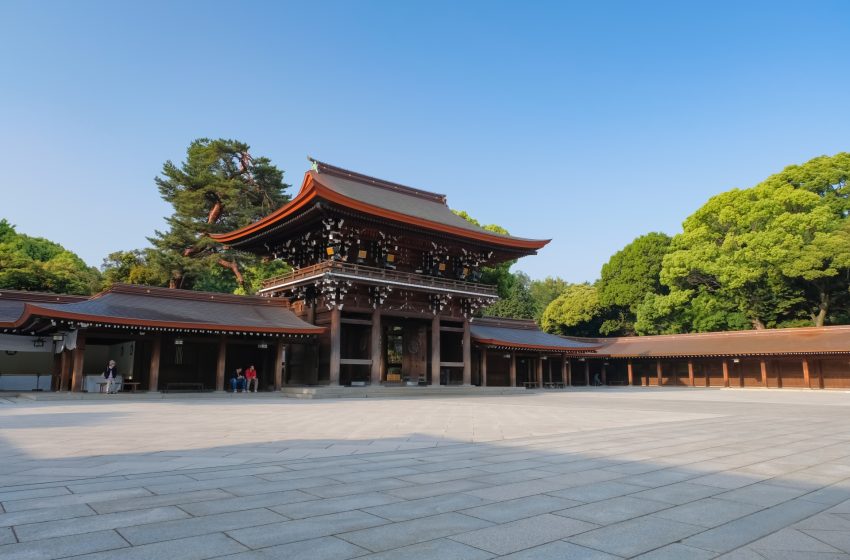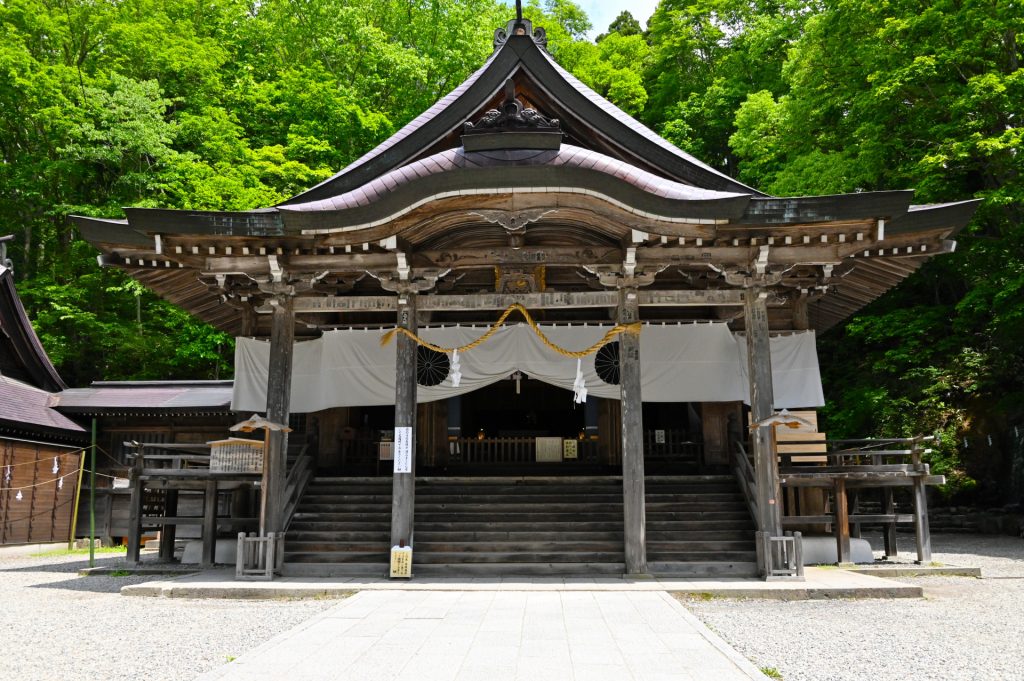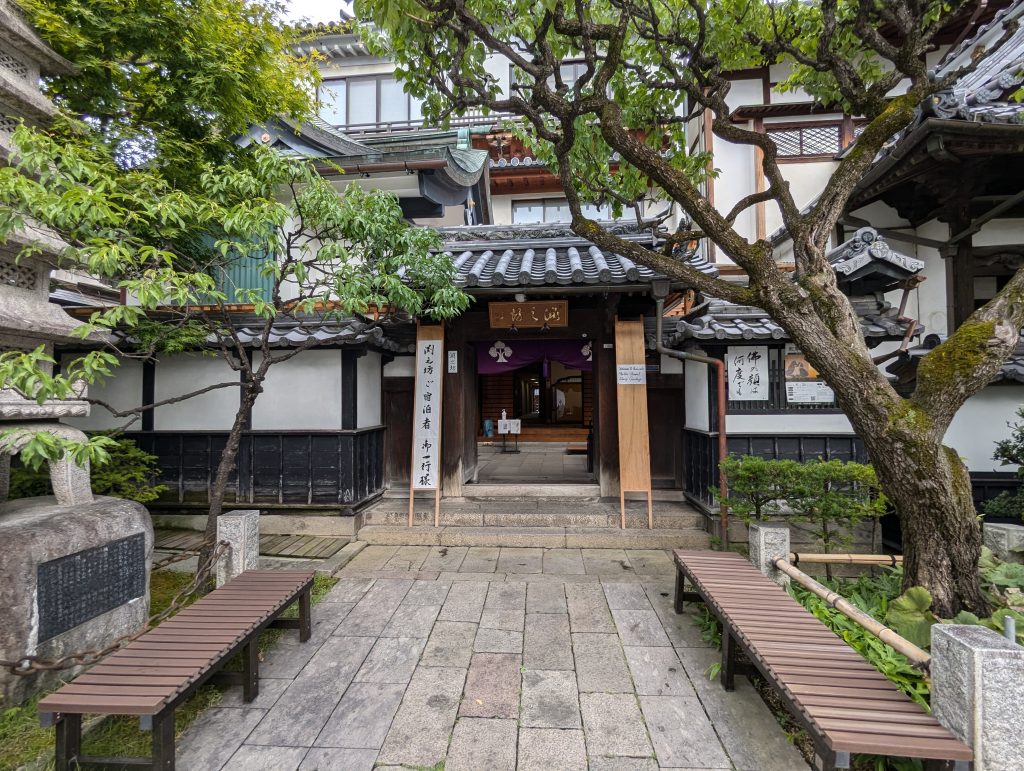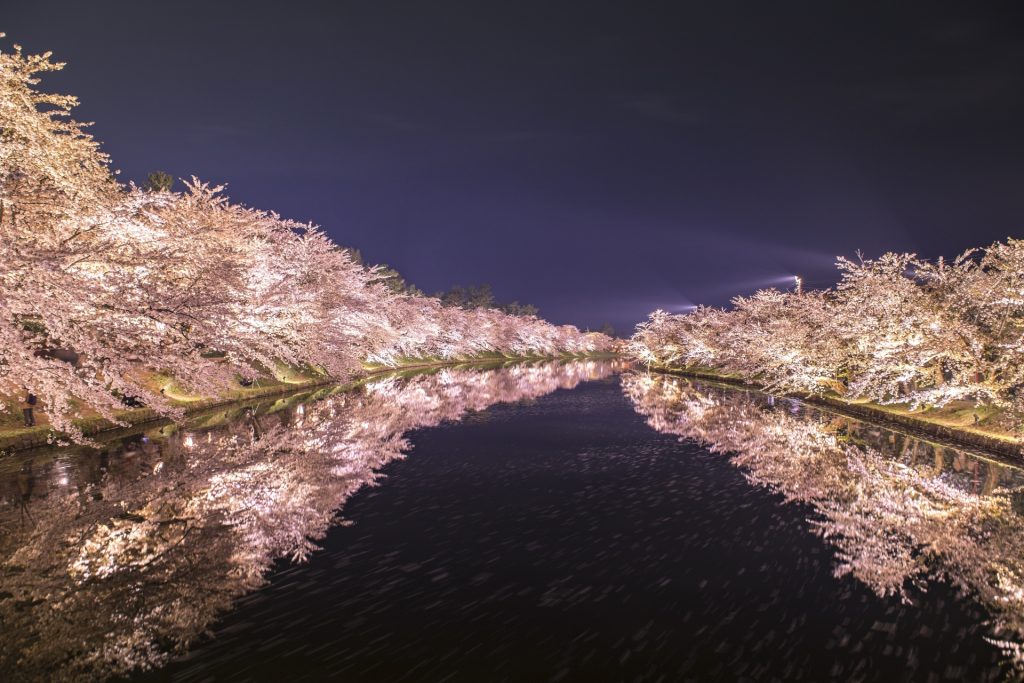
Exploring Tokyo’s Five Prominent Shrines: A Spiritual Journey
Tokyo, a city where cutting-edge modernity and rich traditions blend seamlessly, is home to numerous sacred sites that offer tranquility and a glimpse into the country’s spiritual culture. Among these, five shrines stand out for their historical significance, beauty, and the unique experiences they offer to visitors. Whether you’re seeking spiritual solace, interested in Japanese culture, or simply looking for serene spots in the bustling city, these shrines are must-visit destinations. Let’s embark on a journey to explore Tokyo’s five prominent shrines.
1. Meiji Jingu
Nestled in a vast forest in the heart of Tokyo, Meiji Jingu is dedicated to Emperor Meiji and Empress Shoken. This shrine is a peaceful oasis amid the city’s hustle and bustle, offering visitors a chance to connect with nature and tradition. The sprawling grounds feature a picturesque iris garden, a treasure museum, and towering torii gates that lead to the main complex. Visiting Meiji Jingu on New Year’s Day is particularly special, as it draws millions of people for Hatsumode, the first shrine visit of the year.
2. Yasukuni Shrine
Yasukuni Shrine, located near the Imperial Palace, is one of Tokyo’s most controversial and significant shrines. It commemorates those who have died in service to Japan since the Meiji Restoration. The shrine complex includes a museum dedicated to Japan’s war history, a sumo wrestling ring, and hundreds of cherry trees, making it a popular spot during the cherry blossom season. Yasukuni’s solemn atmosphere provides a deep insight into Japan’s past and its ongoing journey toward peace.
3. Nezu Shrine
One of Tokyo’s oldest shrines, Nezu Shrine, is famous for its stunning azalea festival held in late April to early May. The shrine’s traditional architecture, red torii gate tunnel, and beautiful landscaped gardens offer a picturesque setting that feels worlds away from the urban environment. Nezu Shrine’s tranquil and spiritual ambiance is perfect for those looking to experience the timeless appeal of Shinto rituals and architecture.
4. Asakusa Shrine
Adjacent to the iconic Senso-ji Temple, Asakusa Shrine stands as a testament to the resilience and spirit of Tokyo’s people. Also known as Sanja-sama (Shrine of the Three Gods), it honors the three men who founded Senso-ji. Asakusa Shrine is particularly lively during the Sanja Matsuri, one of Tokyo’s biggest and most vibrant festivals, which features portable mikoshi shrines paraded through the streets.
5. Hie Shrine
Located in the Akasaka district, Hie Shrine is known for its distinctive red torii gates and the Sanno Matsuri, one of Tokyo’s three major festivals. The shrine, dedicated to the guardian deity of Tokyo, features a series of escalators for visitors, a modern touch to the otherwise traditional setting. Hie Shrine is a place of worship, celebration, and a favorite spot for those seeking blessings for business success and prosperity.
Conclusion
Tokyo’s famous shrines provide a gateway to understanding Japan’s rich spiritual heritage and its people’s devotion to tradition. Each shrine, with its unique history and cultural significance, offers a peaceful retreat from the city’s fast-paced life and an opportunity to reflect on the enduring values that have shaped Japan. Whether you’re drawn to the serene forests of Meiji Jingu, the historical complexity of Yasukuni Shrine, the floral beauty of Nezu Shrine, the festive atmosphere of Asakusa Shrine, or the modern convenience of Hie Shrine, Tokyo’s sacred sites await to enrich your journey with their spiritual and cultural treasures.




